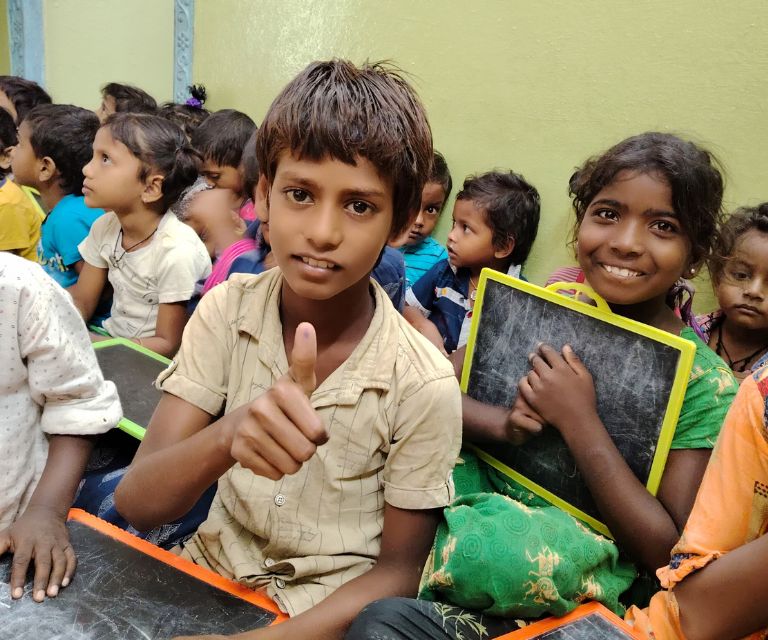India’s caste system traditionally divides society into four main groups: Brahmins, Kshatriyas, Vaishyas, and Shudras. Beyond these, individuals historically labeled as “untouchables,” now referred to as Dalits, have been marginalized and excluded from this hierarchy. Dalits have often been associated with occupations deemed impure, such as leather tanning, corpse handling, and sanitation work, leading to systemic discrimination and social ostracization. This exclusion has relegated many Dalit communities to the fringes of society, with a significant number residing in urban slums characterized by overcrowding, inadequate housing, and poor sanitation. According to the 2011 Census, Scheduled Castes, which include Dalits, comprise approximately 16.6% of India’s total population, equating to over 200 million individuals.
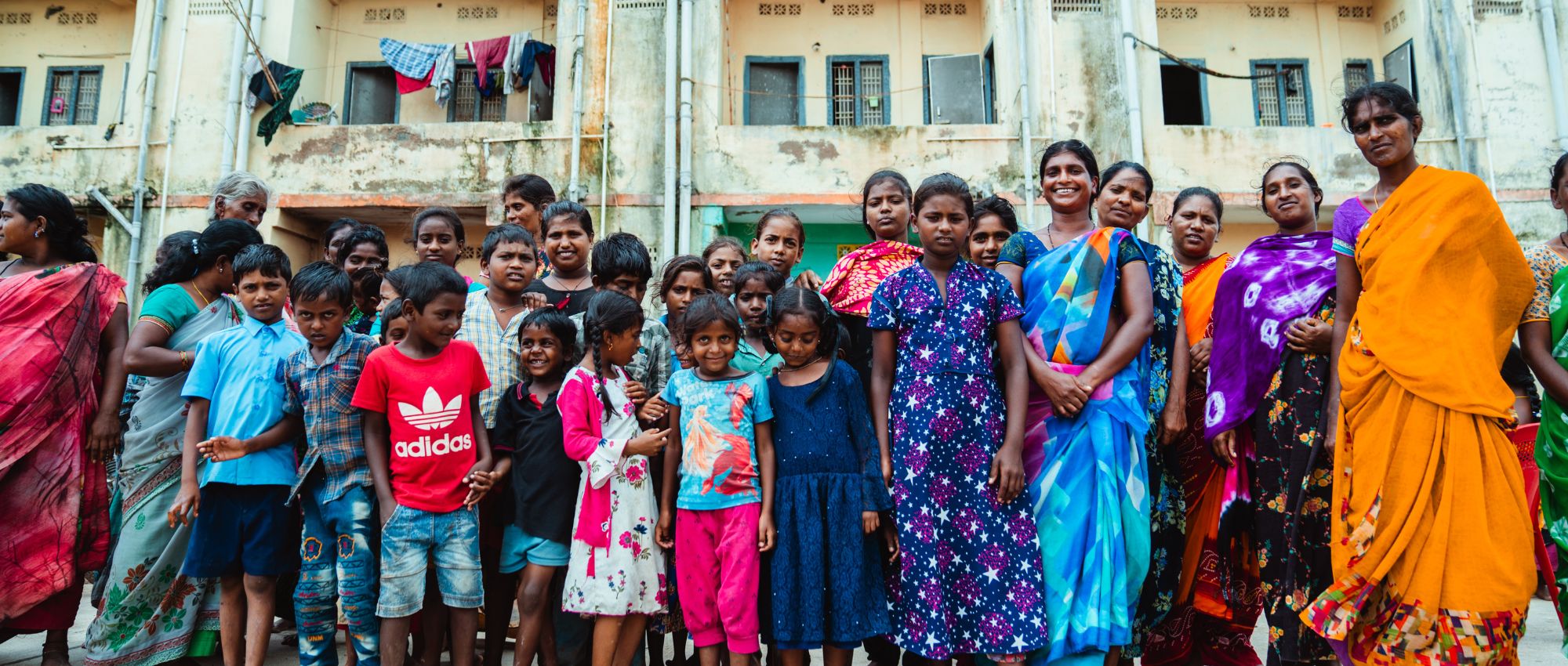
URBAN SLUM COMMUNITIES
URBAN SLUM COMMUNITIES
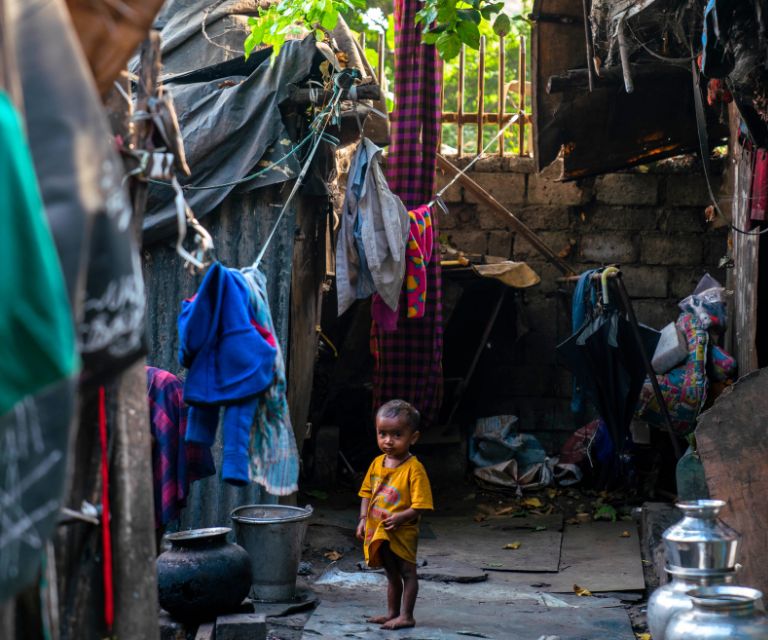
WHY
Marginalized communities, particularly Dalits, often reside in urban slums due to systemic discrimination and socio-economic exclusion. These settlements are characterized by overcrowding, inadequate housing, and limited access to basic amenities. Residents frequently engage in menial occupations such as sweeping and garbage collection, which offer insufficient income to meet family needs or support children’s education. Despite legal protections, many still face civil rights violations, including offenses, humiliations, and harassment.
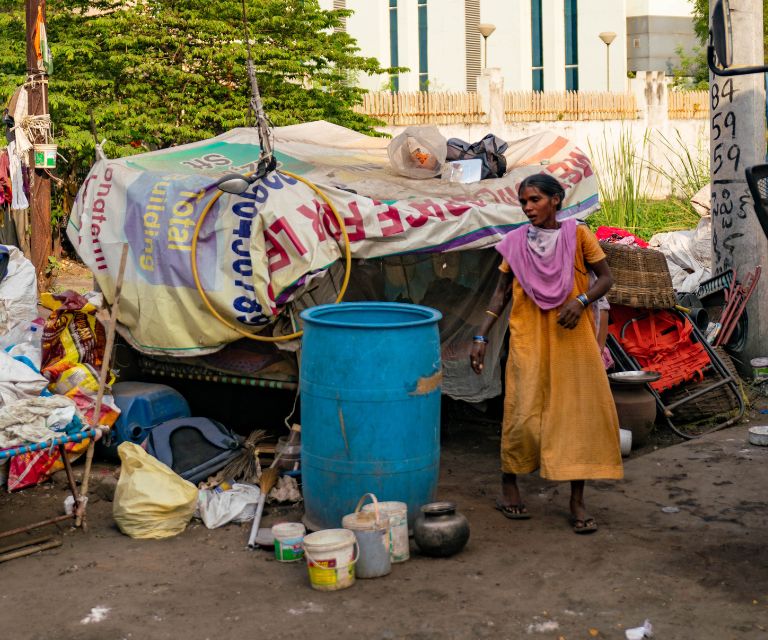
WHAT
The extreme poverty in these slums profoundly affects children, increasing their vulnerability to malnutrition and waterborne diseases due to contaminated water sources. Educational opportunities are scarce, and the COVID-19 pandemic exacerbated these challenges. School closures and the lack of access to remote learning tools led to increased dropout rates, with many children unable to continue their education during and after the pandemic.

HOW
To address these issues, we have initiated projects in the slums of Vijayawada aimed at supporting the most vulnerable children. Our educational support activities include:
- Infrastructure Improvement: Renovating and restoring school buildings and Anganwadi centres to provide safe and conducive learning environments.
- Provision of Educational Materials: Supplying essential school materials to ensure that children have the necessary tools for effective learning.
- Remedial Education: Offering educational support to children who missed school or online classes during the pandemic, assisting them in resuming their studies and preventing permanent dropout.
- Health Awareness: Conducting informational campaigns to prevent the spread of COVID-19 and promote overall health within the community.
Through these initiatives, we aim to empower children in urban slum communities, enhance their educational outcomes, and improve their overall well-being.
